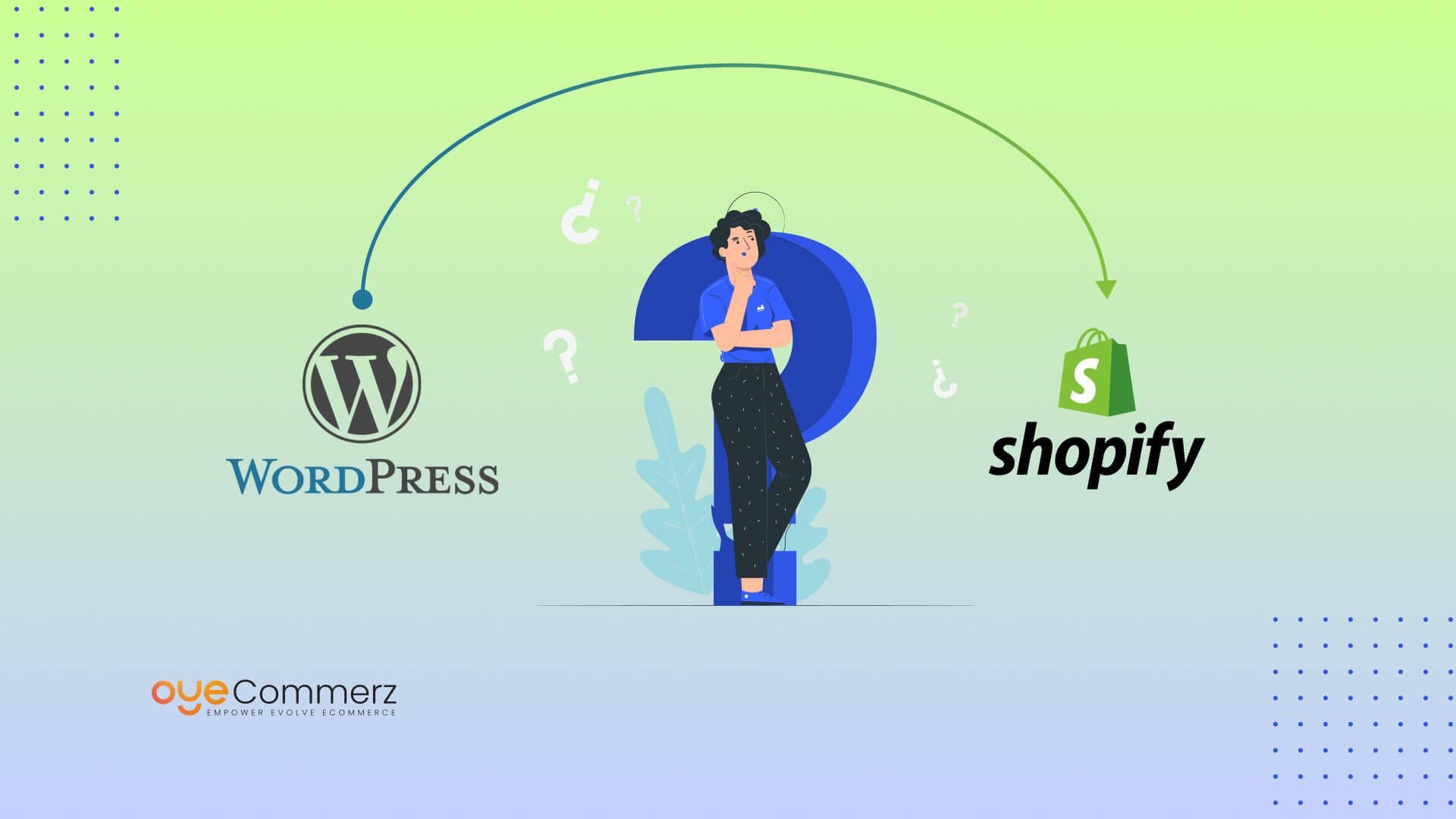In the dynamic landscape of online retail, selecting the optimal solution is vital for your business's growth. If you’re presently using WordPress and considering a migration to Shopify, you’re not alone. Numerous businesses are making this transition to utilize Shopify’s robust capabilities, ease of use, and scalability. This guide will take you through the steps of migrating from WordPress to Shopify seamlessly, guaranteeing that you achieve your eCommerce potential.
Why Migrate from WordPress to this platform?
Ahead of diving into the migration process, it’s important to know why this change can be helpful for your digital storefront:
User-Friendly Interface: Shopify provides an user-friendly interface that streamlines store handling, making it easier for non-technical users.
Flexibility: As your company expands, Shopify can handle increased visitors and transactions without compromising speed.
Built-in Tools: Shopify comes with integrated resources for SEO, analytics, payment management, and more, reducing the requirement for multiple plugins.
Advanced Safeguards: With Shopify, you utilize strong security features that secure sensitive customer details.
Steps for a Seamless Migration
Migrating your digital shop from WordPress to Shopify requires key actions.
Here’s the way to achieve a hassle-free transition:
Outline Your Migration Plan
Start by drafting your migration plan. Decide on which components of your present site you wish to migrate, such as:
Inventory information
Client data
Transaction records
Blog content
Select the Best Migration Option
Depending on your requirements, select a migration service that suits your eCommerce goals. Professional services delivers multiple options:
Entry-Level Plan: Perfect for compact stores with limited products.
Regular Option: Recommended for mid-range businesses with intermediate demands.
Premium Migration Package: Excellent for high-volume stores needing extensive customization.
Save Your Content
Before starting the migration, guarantee that you have a full backup of your WP site. This action is critical in situations where anything goes wrong during the transfer.
Extract Your Information from WordPress
Leverage plugins or manual methods to transfer critical data from your WordPress site:
Products
Customers
Orders
Articles
Import Information into Shopify
Once you have your information exported, utilize Shopify’s import tools or third-party apps to transfer your information into your new store. Confirm that all content is correctly organized and aligned.
Personalize Your Shopify Store
Once uploading content, adjust your Shopify site’s theme to align with your brand identity. Look into hiring a specialist if you want detailed customization.
Establish Checkout Systems and Shipping Options
Arrange transaction methods and logistics options in Shopify to facilitate a user-friendly checkout experience for customers.
Adopt SEO Standards
To keep your SEO performance during the migration:
Use 301 redirects from old URLs to new ones.
Refresh meta tags.
Optimize media and text for SEO.
Review Your Migrated Platform
Prior to going live, thoroughly test your new store. Identify any broken links, transaction errors, or untransferred content.
Publish Your Store
When everything is in ready, it’s the moment plan your Shopify migration to go live! Share the update to your Shopify platform setup users and invite them to discover the updated capabilities of your Shopify store.
Post-Migration Support
Following publishing your Shopify store, ongoing assistance is key. Think about partnering with service providers who can help with:
Site maintenance
Marketing strategies
Improvement strategies
Conclusion
Migrating from WordPress to Shopify can be a crucial step for your eCommerce. By adopting this guide and utilizing tools like those offered by dedicated providers, you can ensure a seamless transition that improves your business potential. Embrace the change and discover the full capabilities of Shopify today!
